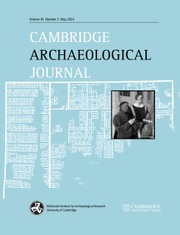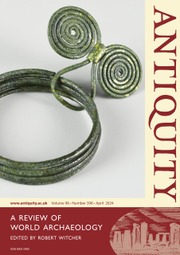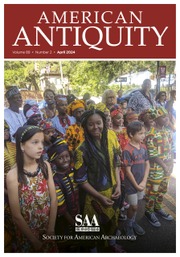Bioarchaeology of Infants and Children
The study of infant, child, and adolescent remains (non-adult remains) is a topic of growing interest within the fields of archaeology and bioarchaeology. Many published volumes and articles delve into the experiences of childhood and what these small remains may tell us about life, more broadly, in the past. For those interested in exploring infant and child remains, it is an exciting period as more methods and approaches are constantly being incorporated into the archaeological toolkit. This Element introduces the reader to the topic and to common methodological approaches used to consider non-adult remains from archaeological contexts. With this toolkit in hand, readers will be able to begin their own explorations and analyses of non-adult human remains within archaeological contexts.
Product details
June 2025Adobe eBook Reader
9781009543682
0 pages
Not yet published - available from June 2025
Table of Contents
- 1. Origins of the study of childhood
- 2. Entering the archaeological record
- 3. Skeletal age and social age
- 4. Sex and gender
- 5. Growth disruptions
- 6. Diet and feeding
- 7. Trauma and child abuse
- 8. Adolescence
- 9. Future directions
- 10. Recording forms
- References.










